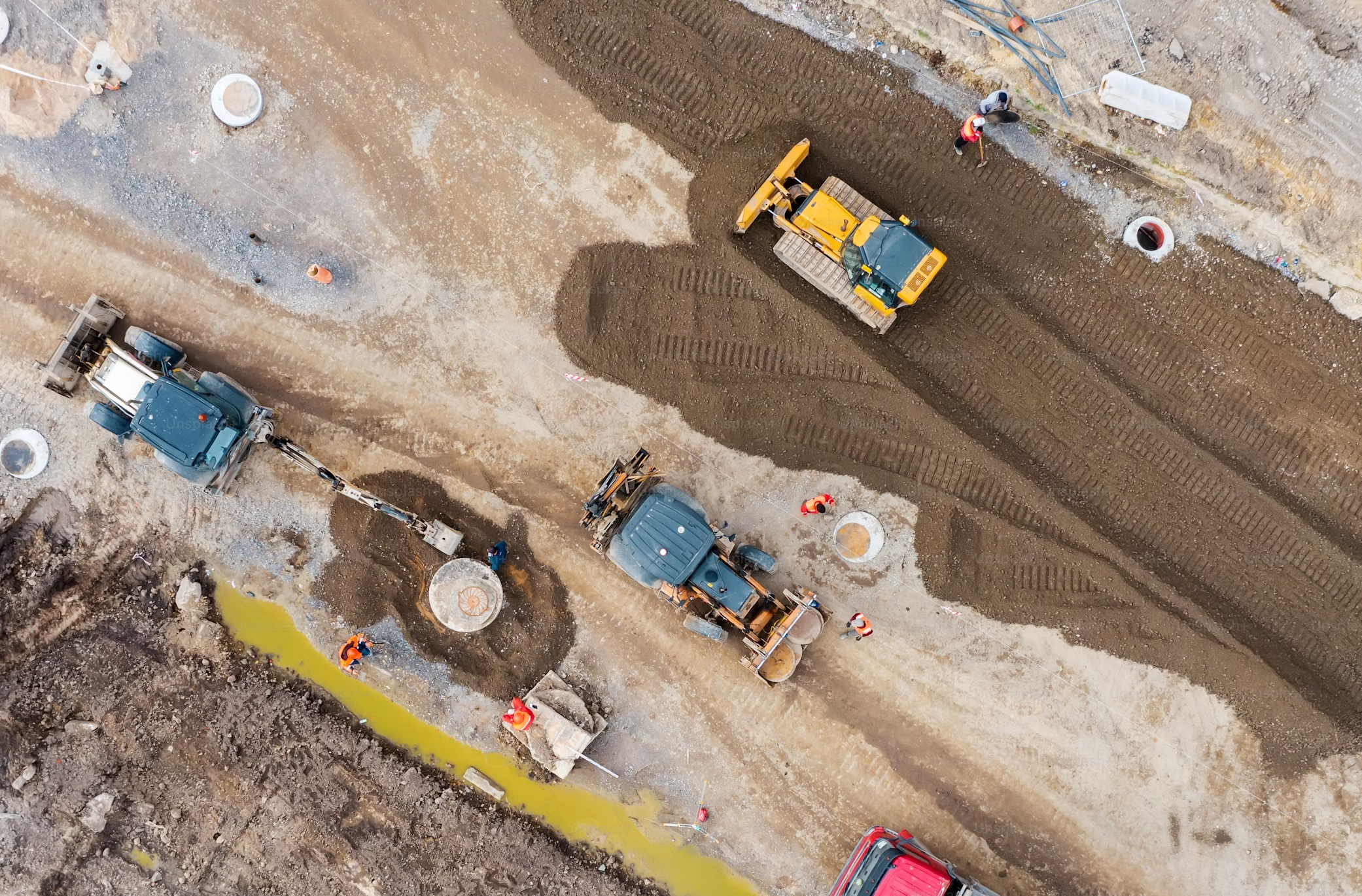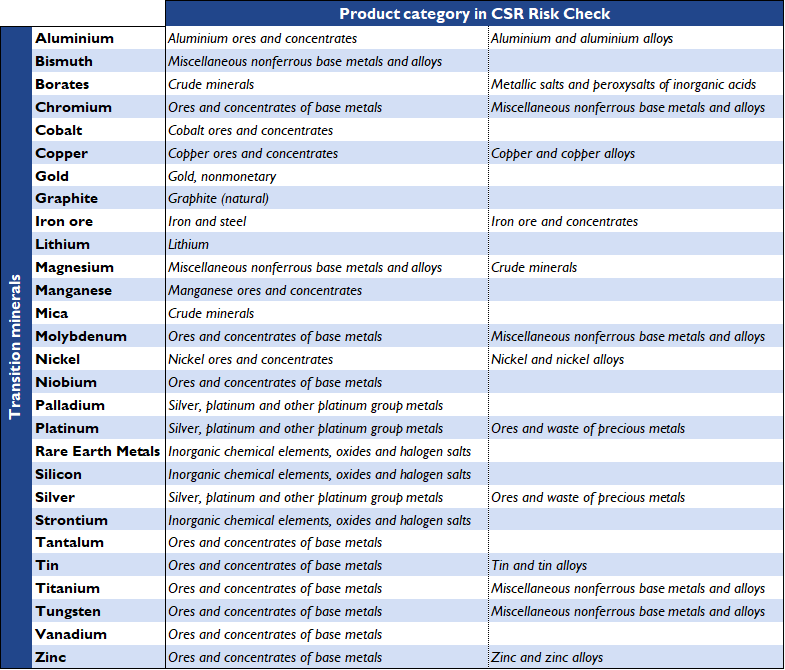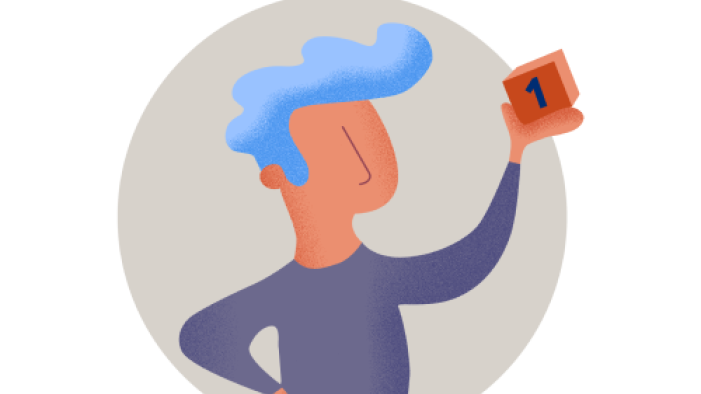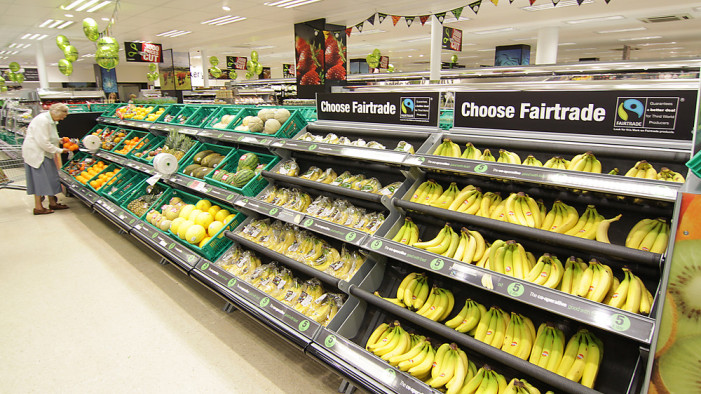Navigate the Hidden Costs of Minerals and Metals with the CSR Risk Check

Critical minerals such as copper, lithium, nickel and cobalt are essential for the transition away from carbon-intensive technologies to clean energy technologies like wind turbines, solar panels, electric vehicles and battery storages. As a result, the pressure to extract more of these raw materials is intensifying. The International Energy Agency estimates that demand for these so-called transition minerals is set to triple by 2030.
However, the mining and processing of transition minerals are also associated with serious environmental risks, including landscape degradation, biodiversity loss, greenhouse gas emissions, as well as soil and water contamination. Mining is also linked to human rights violations such as child and forced labour, violations of Indigenous Peoples’ rights and serious occupational accidents. Transition minerals are particularly sourced from countries with low social and environmental standards, which means that human rights and environmental risks for clean energy technologies are likely to occur primarily at the origin of the supply chain.
High water consumption in lithium mining in Latin America
One example of these risks is the mining of lithium in South America. This light metal is a key raw material in the global energy transition. More than half of the world's lithium reserves are located in the salt flats of the so-called 'lithium triangle' between Argentina, Bolivia, and Chile. In this region, the raw material is extracted from lithium-containing brine originating from underground salt deposits.
To better reflect the perspective of those directly affected, we collaborated with the Argentinean NGO Fundación Ambiente y Recursos Naturales (FARN). FARN provided us with comprehensive information on the negative effects of lithium mining in Argentina, which we have included in the CSR Risk Check database. The following impacts on people and the environment are associated with lithium mining in Argentina:
The mining methods consume large amounts of water, which endangers the sensitive ecosystems and the livelihoods of local communities in this arid region.
Affected indigenous communities often criticise violations of their right to free, prior and informed consent (FPIC), as well as inadequate environmental impact assessments of mining projects.
Opponents of mining projects as well as human rights and environmental activists are often subjected to repression, including violence, threats and smear campaigns.
To help companies address these risks, we always recommend using the CSR Risk Check to assess the raw materials of products. For ease of use, the SITC classification is applied within the CSR Risk Check. In the table below (Table 1), we provide the search terms you can use to find the relevant transition minerals in our tool.
The CSR Risk Check team is committed to providing up-to-date risk information on transition minerals. Recently, we have added new product categories for cobalt, manganese, lithium, and graphite to our database.We have expanded our database with detailed risk information and insights on various transition minerals. This was made possible through collaboration with several NGOs who shared valuable knowledge with us. If you feel any information is missing, don’t hesitate to reach out to us at csrriskcheck@mvonederland.nl.

More articles

Webinar Recording: Discover the CSR Risk Check
In our webinar on 12 November 2025, we explored the latest updates of the CSR Risk Check. The session explained how the tool has been expanded, how it incorporates perspectives from the Global South, and how it can support companies preparing for upcoming European supply chain legislation. If you missed it, you can watch the recording below!

Webinar: Discover the CSR Risk Check
International chains are under increasing pressure from new European legislation. From the Green Deal to the Critical Raw Materials Act, there is a growing expectation in more and more sectors that companies make their chains transparent and responsible. This requires due diligence. In this webinar on November 12, from 3:00 to 4:30 PM CET (UTC+1), you will discover how to use the CSR Risk Check to gain insight into the main risks in your chain.

Webinar recording: Using the CSR Risk Check in the Context of European HREDD Regulation
We recently hosted a webinar to take a deep dive into the CSR Risk Check. During this webinar, we discussed the new features of the CSR Risk Check and how the tool can help you prepare for legislation such as CSDDD. Please find the recording below in case you missed it!
